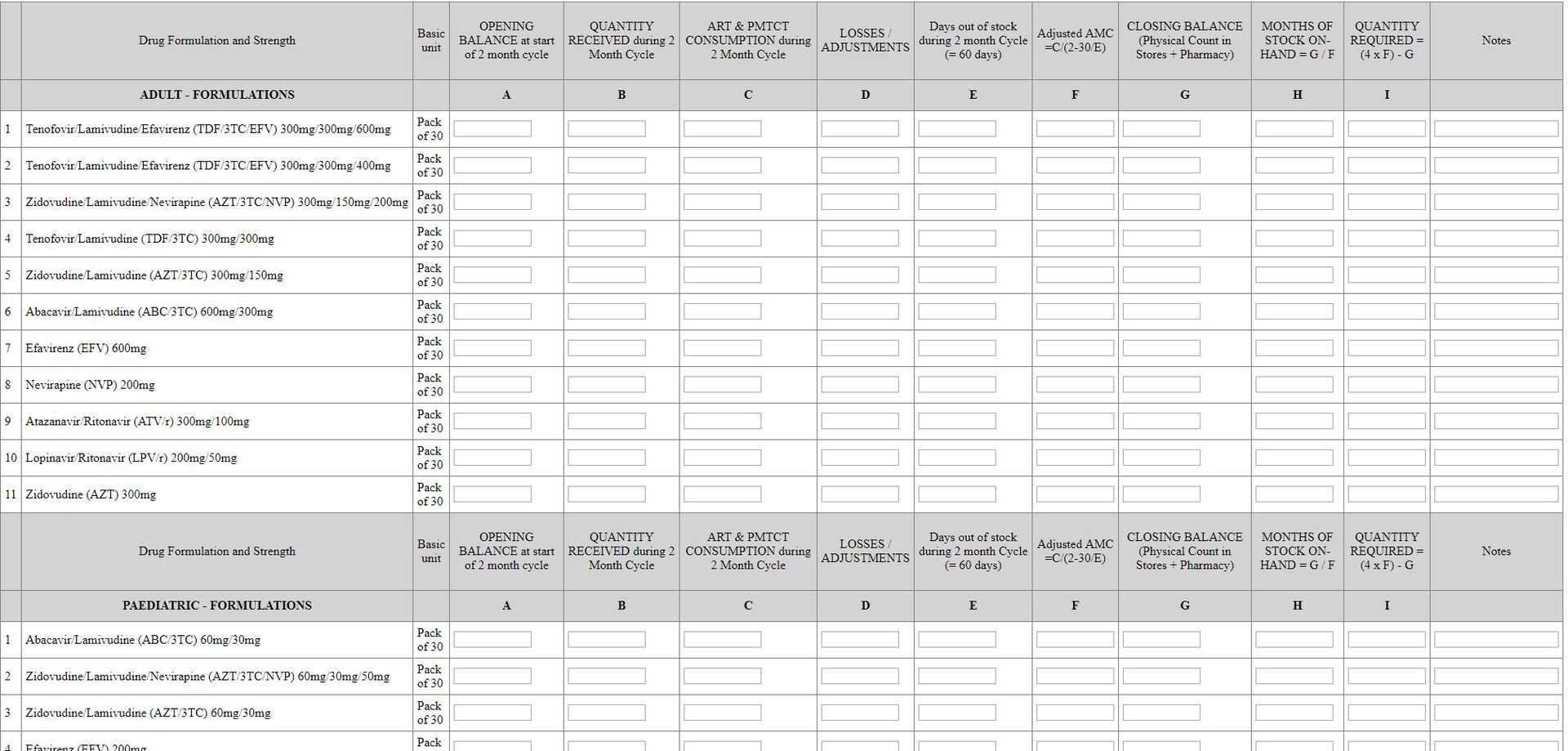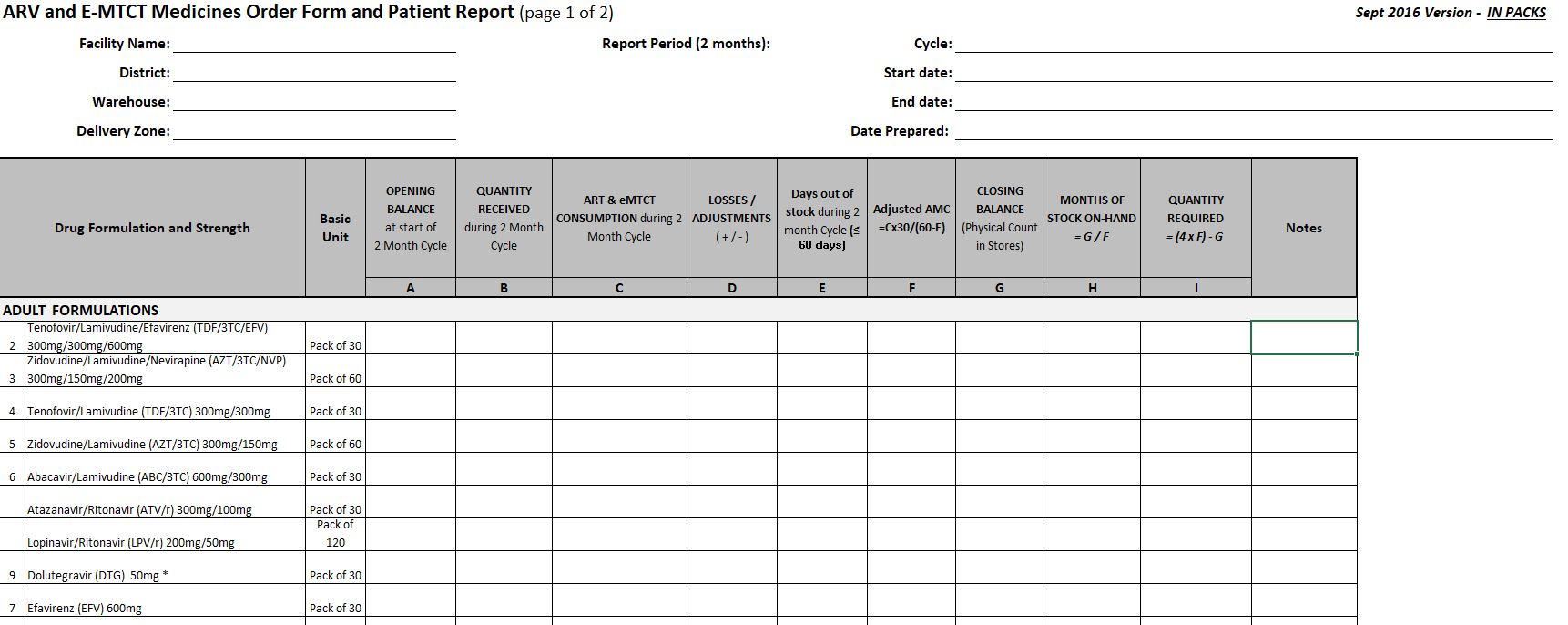In India, the Ministry of Health wants to digitize the current paper-based routine reporting regime. Currently, a health worker at each health facility fills out a paper form with statistics of patients, treatments, and outcomes for a variety of diseases every month. Now, they want to replace the paper-based system with DHIS2. As some health facilities lack computers and internet connectivity it is planned that these will send their report on paper to a district office, where dedicated data entry personnel will enter the data into DHIS2 on behalf of the facility based on their paper report. In hospitals and clinics that have access to a computer, the health-workers will do the digital data entry themselves on a desktop screen. The computers are connected to a 3G or 4G with good network coverage, but connectivity can be slow and unstable throughout the day.
There is already a data entry app in DHIS2. Technical personnel at the Ministry of Health have tried to design a digital layout based on the current paper form using the “custom forms” module in DHIS2. The benefit of creating something that looks like the paper form is that this is familiar to the health workers. However, the paper forms to be digitized are large (many columns and rows), which is not suited for the current data entry solution. They need to find a balance between a design that has some similarities with the paper form layout, but that is more suited for a digital surface.
In this case, you will design a new data entry app that is more suited for data entry of large routine reporting forms. The figure below gives an example of a large form causing issues to the users. By finding ways to split up the entry process, for instance, based on rows or columns, the process might be improved.


Figure 1 - Example of parts of a large form in digital format

Figure 2 - Parts of the paper form layout that it is based on
You can see and test an example of large forms here by selecting Sierra Leone as the organizational unit, Morbidity as data set, and any period. However, one or two other example forms in DHIS2 will be provided to work with during API implementation for this case after presentation one. It will be quite similar to the one presented in figure 1, with many rows containing 10 - 15 columns. Your solution should enable users to fill out the entire form but in a more user-friendly manner. For low-fi prototyping towards presentation one, use the example forms provided in figure 1 and 2 as a basis.